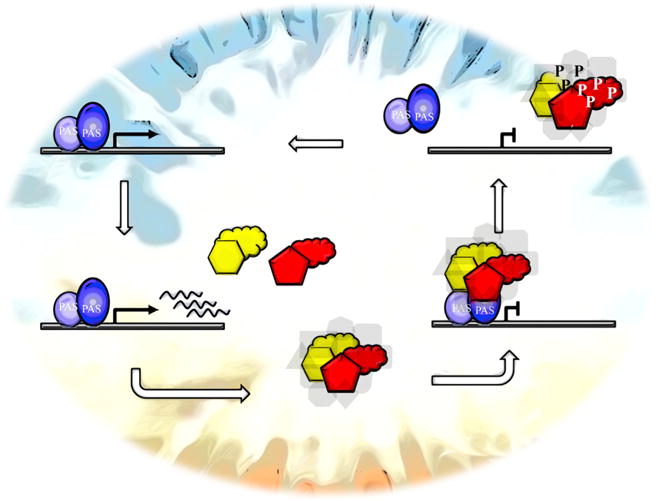Figure 1. Related Mechanistic Features between Animal and Fungal Clocks.

Beginning in the upper left, parts of the heterodimeric TF (oval and circle) interact via PAS domains and bind to the promoters of genes encoding negative elements. The negative-element proteins (yellow and red) have both structured (hexagon and pentagon) and flexible or unstructured regions (clouds). The negative elements form a complex in the nucleus with other proteins (gray background shapes) including CK1 and interact with the TF, causing it to be inactivated. Multisite clock-signaling phosphorylations (P) of the negative elements lead to their inactivation as repressors, and to dissociation, releasing the heterodimeric TF to restart the cycle.
